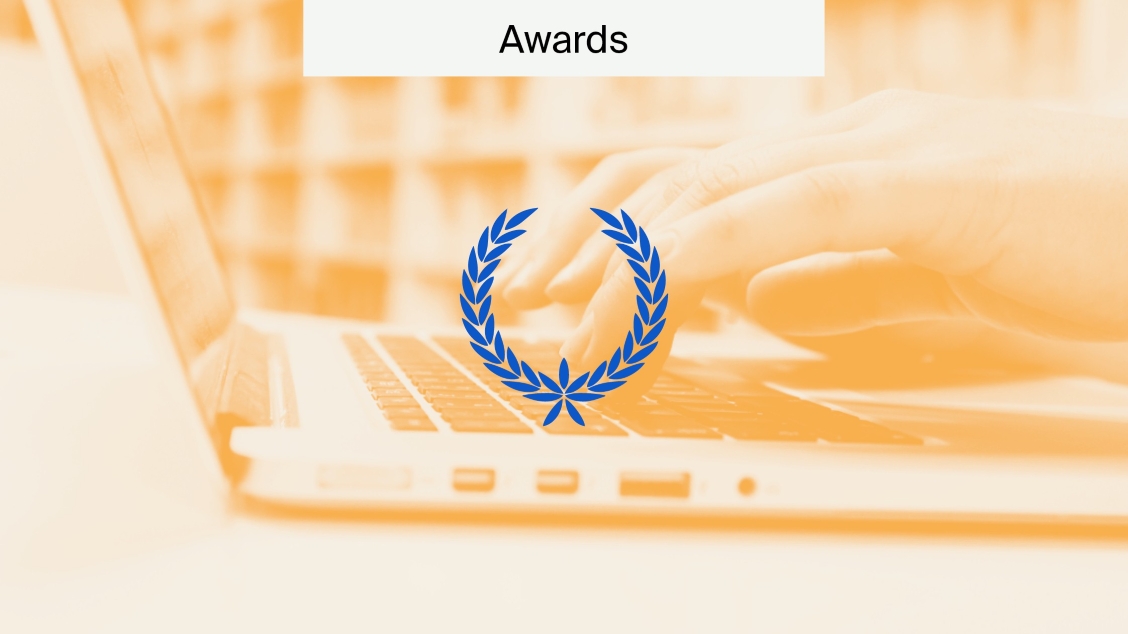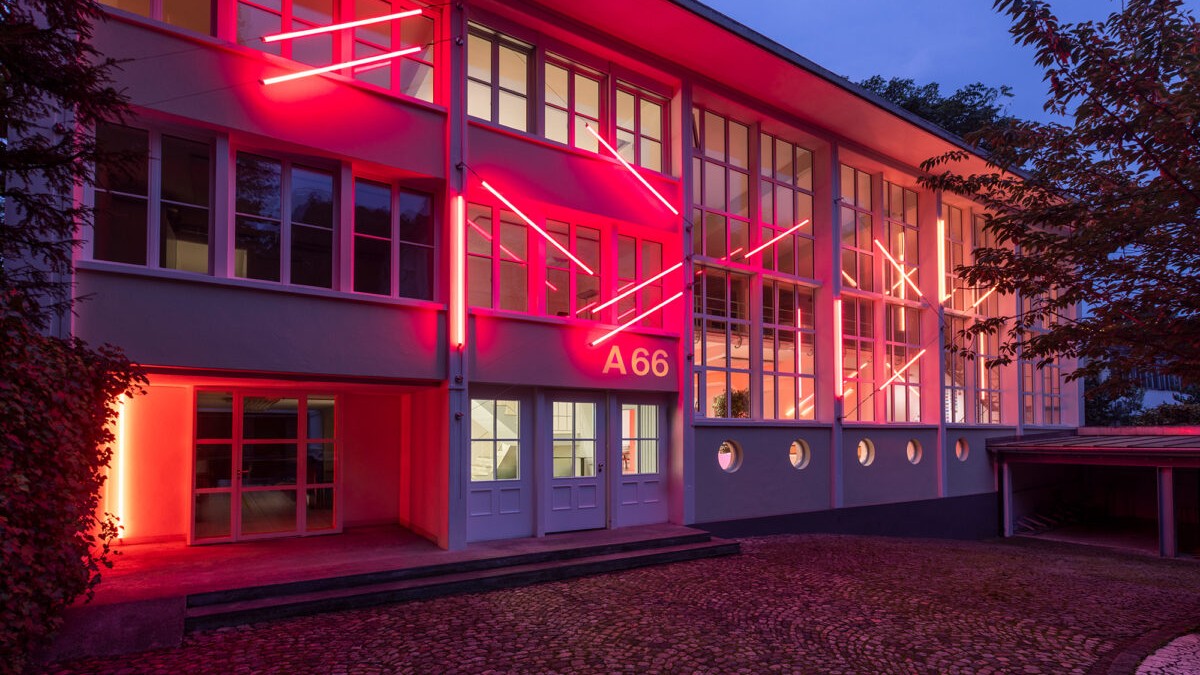
Why CC BY Is the Best License for Open Access
In 2024, the DEAL Consortium ran a campaign under the slogan ‘OPEN ACCESS MEANS CC BY’. This campaign aimed to reduce the use of non-commercial licenses, which they state prevents reuse and distribution.
Here, we’ll outline why the DEAL Consortium ran this campaign by exploring what creative commons licenses are and why CC BY is ideal for Open Access publishing.
What are Creative Commons licenses?
Creative Commons (CC) licenses were created to fill the space between traditional copyright and the public domain. They clearly define the rights of both the author and the user accessing the material. As a result, CC-licensed works can be copied, distributed, and elaborated on more easily, which is hugely beneficial to the production of knowledge.
Simply, they let the author grant public permission to use their work under copyright law subject to the author’s preferred conditions. Also, from a reader’s perspective, they answer the question ‘What can I do with this work?’. Essentially, CC licences set the rules for the use of Open Access material.
CC BY
CC licenses all grant “baseline rights” and revolve primarily around the CC BY license. The ‘BY’ refers to the need to give attribution to the creator: to include who it is by when it is used.
As the foundational CC license, CC BY allows users to distribute, remix, adapt, and build upon the material in any medium or format, even for commercial use, as long as attribution is given to the creator.
CC BY is the least restrictive license as it maximises reuse and dissemination.
Other CC licenses
Creative Commons licenses are abbreviated, and can be modified by adding different abbreviations, like SA, NC, and ND, joined by a hyphen (as in CC BY-SA). Here is a brief overview of the other licensing options.
‘SA’ refers to ‘share-alike’. This means users have the same rights as CC BY but must license the modified material under the same terms as the original. This means, if you want to share a figure from a CC BY-SA article, you must republish it in a journal with the same CC BY-SA license.
‘NC’ refers to ‘non-commercial’. This means users have the same rights as CC BY but cannot use the material for commercial purposes.
‘ND’ refers to ‘non-derivative’. This means users can copy and distribute the material, as in CC BY, but only in an un-adapted form. Basically, the user cannot remix or adapt the material.
‘Adapt’ is defined as remixing, transforming, and building upon the material for any purpose.
Moreover, there are two more commonly used combinations of these licenses.
- CC BY-NC-SA: This means that users must license the modified material under the same terms as the original and that they cannot use it for commercial purposes.
- CC BY-NC-ND: This means that users cannot adapt the material or use it for commercial purposes.
Disadvantages of non-commercial licenses
The DEAL Consortium advocates for the CC BY licenses, stating that other non-commercial licensing options restrict reuse and distribution.
A common criticism of CC BY-NC that DEAL cites (also stated by OASPA) is that what determines commercial use is not clear. For example, collaboration between public and private institutions can breach the terms of the license, as can use by freelance professionals, e.g., doctors, lawyers, architects, etc.
OASPA argues that such legal ambiguity essentially acts as a barrier to reuse. Moreover, they state that allowing the commercial sector to reuse and build on research is a way to advance innovation for society.
Furthermore, DEAL argue that giving exclusive commercial rights to publishers not only limits control over your own work, but it also allows publishers to commercialise your research without consent or revenue sharing, which is occurring with publishers licensing their catalogues to artificial intelligence companies.
Finally, DEAL explain that applying non-commercial licensing is not compatible with the foundational Open Access definitions. The Berlin Declaration on Open Access to Knowledge in the Sciences and Humanities states that research should be licensed “for any responsible purpose”.
In short, DEAL criticise non-commercial licensing as they believe that it contradicts the mission of Open Access: to ensure research is accessible and reusable for anyone, anywhere.
Benefits of CC BY
The CC BY license maximises reuse and dissemination. It allows others to distribute, remix, adapt, and build upon your work, subject only to the condition that they credit you.
CC BY means there is equal commercial use for all. DEAL explains that, when everyone has the same rights to use your work commercially, it prevents any single entity from monopolising or unfairly profiting from it. Furthermore, the legal clarity around the terms of use and sharing remove any ambiguity.
In terms of impact, having equal and accessible use can widen the circulation of research, eliminate the need for others to ask for permission to use or share work, and encourage others to improve, add value to, or build upon the original work. Therefore, translations, adaptations, and works with similar scopes or focuses can be created without any legal implications.
As OASPA describes, such clarity can “transform literature into a much more powerful resource for research, education, and innovation”. This is all while aligning with the core definitions of Open Access, as defined by the Budapest Open Access Initiative:
By “open access” to this literature, we mean its free availability on the public internet, permitting any users to read, download, copy, distribute, print, search, or link to the full texts of these articles, crawl them for indexing, pass them as data to software, or use them for any other lawful purpose, without financial, legal, or technical barriers other than those inseparable from gaining access to the internet itself.
Why MDPI chose CC BY
In 2008, MDPI applied the CC BY license to all MDPI journals. This was to align with the BBB definitions (Budapest, Bethesda, Berlin) of Open Access.
All articles published by MDPI are made immediately available under an Open Access license, namely, CC BY. This means:
- Everyone has free and unlimited access to the full text of all articles published in MDPI journals.
- Everyone is free to re-use the published material if proper accreditation/citation of the original publication is given.
No special permission is required to reuse all or part of an article published by MDPI, including figures and tables. Simply, you are free to reuse the content in MDPI articles without asking for permission, as long as you cite it correctly.
Advancing open science
Choosing the right license for your work is crucial. CC BY allows for the greatest possible benefit and impact to everyone. It aligns with core definitions of Open Access, all whilst protecting your work for commercial exploitation and legal ambiguities.
MDPI makes all its research immediately available worldwide, giving readers free and unlimited access to the full text of all published articles. It has over 450 journals dedicated to providing the latest findings, many of which publish interdisciplinary research. See our full list of journals here.
If you want to learn more about Open Access, see our article Why Open Access is Important for more.










